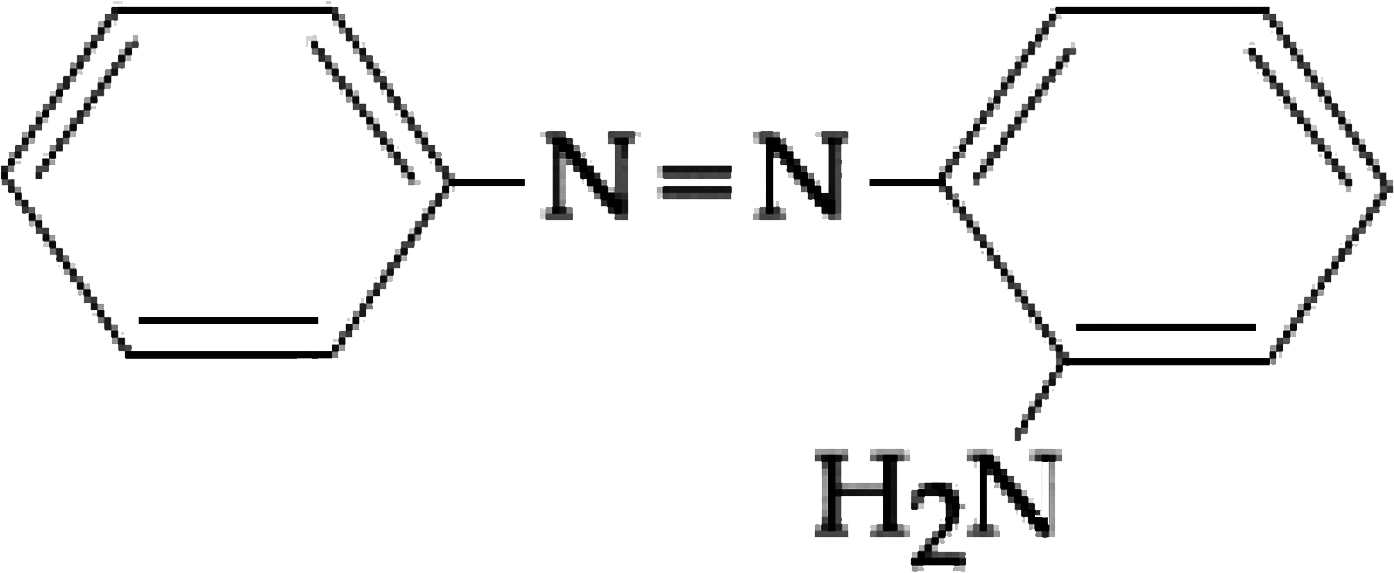Benzene diazonium chloride on reaction with aniline in the presence of dilute hydrochloric acid gives :




The correct Answer is:C
To solve the question regarding the reaction of benzene diazonium chloride with aniline in the presence of dilute hydrochloric acid, we can follow these steps:
Step 1: Identify the Reactants
The reactants in this reaction are:
- Benzene diazonium chloride (C6H5N2Cl)
- Aniline (C6H5NH2)
Step 2: Understand the Nature of the Reactants
Benzene diazonium chloride is an electrophile due to the presence of the positively charged nitrogen. Aniline, on the other hand, is a nucleophile because it has an amino group (-NH2) that donates electrons.
Step 3: Determine the Reaction Mechanism
The electrophilic substitution reaction occurs where the electron-rich aniline attacks the electron-deficient benzene diazonium chloride. The attack will preferentially occur at the para position of the aniline due to steric and electronic factors, making it less hindered and more favorable for the reaction.
Step 4: Write the Product Structure
When aniline attacks the benzene diazonium chloride, the product formed is an azo compound. The structure of the product can be represented as follows:
- The product will have a benzene ring connected to another benzene ring through a nitrogen double bond (N=N).
- The para position will have the amino group from aniline.
The resulting product is para-amino-azo-benzene.
Step 5: Finalize the Product Name
The final product of the reaction is para-amino-azo-benzene, which is an azo compound commonly used in dyes and pigmentation.
Final Answer
The product formed when benzene diazonium chloride reacts with aniline in the presence of dilute hydrochloric acid is para-amino-azo-benzene.
---
The reactants in this reaction are:
- Benzene diazonium chloride (C6H5N2Cl)
- Aniline (C6H5NH2)
Benzene diazonium chloride is an electrophile due to the presence of the positively charged nitrogen. Aniline, on the other hand, is a nucleophile because it has an amino group (-NH2) that donates electrons.
The electrophilic substitution reaction occurs where the electron-rich aniline attacks the electron-deficient benzene diazonium chloride. The attack will preferentially occur at the para position of the aniline due to steric and electronic factors, making it less hindered and more favorable for the reaction.
When aniline attacks the benzene diazonium chloride, the product formed is an azo compound. The structure of the product can be represented as follows:
- The product will have a benzene ring connected to another benzene ring through a nitrogen double bond (N=N).
- The para position will have the amino group from aniline.
The final product of the reaction is para-amino-azo-benzene, which is an azo compound commonly used in dyes and pigmentation.
The product formed when benzene diazonium chloride reacts with aniline in the presence of dilute hydrochloric acid is para-amino-azo-benzene.
Topper's Solved these Questions
Similar Questions
Benzenediazonium chloride on reaction with aniline in weakly basic medium gives
View SolutionBenzene diazonium chloride on reaction with phenol in a basic medium gives:
View SolutionBenzene diazonium chloride on reaction with phenol in weakly basic medium gives
View SolutionEthyl chloride on reaction with chlorobenzene in presence of Sodium and ether gives:
View SolutionBenzene diazonium chloride on boiling with dilute sulphuric acid, gives
View SolutionThe most reactive amine towards dilute hydrochloric acid is
View Solutionwhat is obtained when benzoyl chloride reacts with aniline in the presence of sodium hydroxide?
View SolutionThe reaction of toluene with chlorine in the presence of ferric chloride gives mainly
View SolutionThe treatment of benzene with isobutene in the presence of sulphuric acid gives
View SolutionWrite the reaction between zinc hydroxide and dilute hydrochloric acid
View Solution
